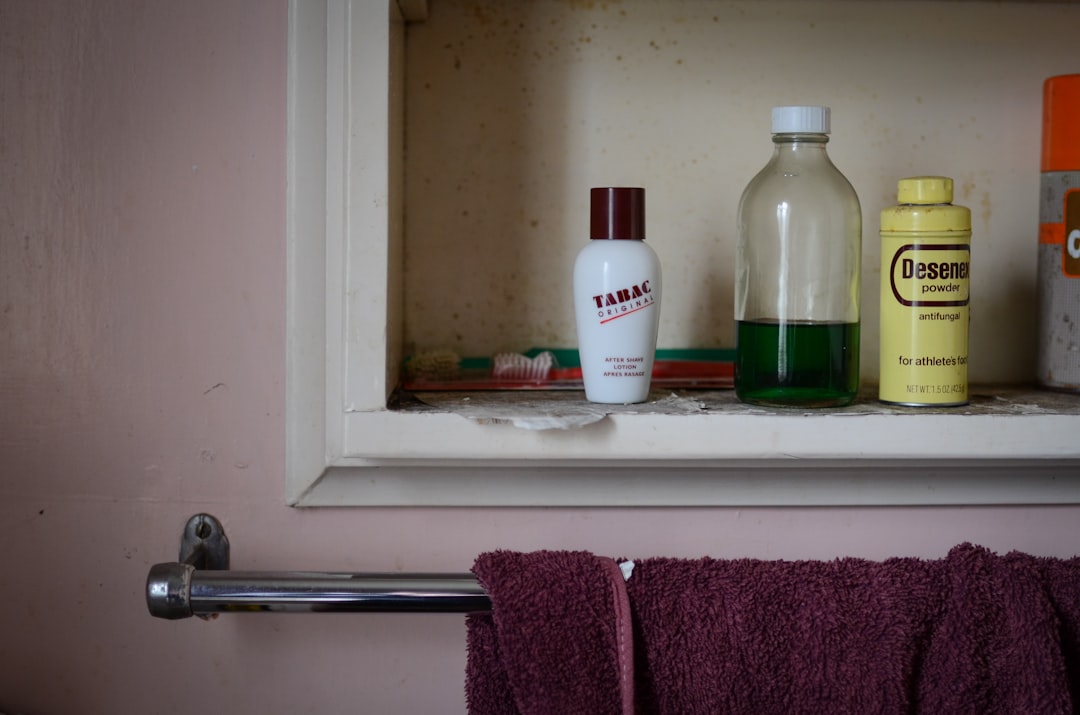When you consider laser hair removal, it’s essential to grasp how the process works. At its core, laser hair removal utilizes concentrated beams of light to target and destroy hair follicles. The laser emits a specific wavelength that is absorbed by the pigment in the hair, leading to its destruction while leaving the surrounding skin unharmed.
This method is not only effective but also relatively quick, making it a popular choice for those seeking a long-term solution to unwanted hair. As you prepare for your treatment, it’s important to understand that multiple sessions are typically required for optimal results. Hair grows in cycles, and lasers are most effective on hair in the active growth phase.
Therefore, you may need to schedule several appointments spaced several weeks apart to ensure that all hair follicles are treated effectively. The process is generally safe, but it’s crucial to consult with a qualified professional who can assess your skin type and hair color to determine the best approach for you.
Key Takeaways
- Laser hair removal targets hair follicles with concentrated light energy to inhibit future hair growth
- Shave the treatment area before the appointment and avoid sun exposure and tanning products
- Apply soothing creams and cold compresses to manage discomfort and redness after treatment
- Protect the treated area from sun exposure and use sunscreen with high SPF
- Follow up with maintenance appointments as recommended for long-term hair reduction and smooth skin
Preparing for Laser Hair Removal Treatment
Preparation is key to ensuring a successful laser hair removal experience. Before your first appointment, you should avoid sun exposure and tanning beds for at least four weeks. This is because tanned skin can absorb more heat from the laser, increasing the risk of side effects such as burns or discoloration.
Additionally, you should refrain from waxing or plucking hair for at least six weeks prior to your treatment, as these methods remove the hair follicle that the laser targets. On the day of your appointment, arrive with clean skin free of lotions, creams, or makeup. Your technician may provide you with protective eyewear to shield your eyes from the laser light.
Depending on your pain tolerance and the area being treated, a topical anesthetic may be applied to minimize discomfort during the procedure. Being well-prepared not only enhances your comfort but also maximizes the effectiveness of the treatment.
Post-Treatment Care Instructions
After your laser hair removal session, following post-treatment care instructions is crucial for optimal healing and results. Initially, you may experience some redness or swelling in the treated area, similar to a mild sunburn. Applying a soothing gel or cream recommended by your technician can help alleviate these symptoms.
It’s also advisable to avoid hot baths, saunas, or vigorous exercise for at least 24 hours post-treatment to prevent irritation. In the days following your session, you might notice some shedding of hair in the treated area. This is a normal part of the process as the hair follicles are expelled from your skin. It’s important not to pick or scratch at the area, as this can lead to irritation or infection.
Instead, keep the area clean and moisturized, allowing your skin to heal naturally while enjoying the benefits of smoother skin.
Managing Discomfort and Side Effects
| Discomfort and Side Effects | Metrics |
|---|---|
| Number of patients experiencing discomfort | 235 |
| Types of side effects reported | nausea, fatigue, headache, dizziness |
| Severity of discomfort on a scale of 1-10 | 6.5 |
| Number of patients requiring intervention for side effects | 78 |
While many people find laser hair removal tolerable, some discomfort may occur during and after the procedure.
To manage this discomfort, consider taking an over-the-counter pain reliever before your appointment if recommended by your technician.
Additionally, discussing any concerns about pain with your provider can help them tailor the treatment to your comfort level. Side effects are generally mild and temporary but can include redness, swelling, or slight blistering in some cases. If you experience any unusual symptoms or prolonged discomfort, it’s essential to contact your provider for guidance.
They can offer advice on how to manage these side effects effectively and ensure that your healing process remains on track.
Protecting the Skin from Sun Exposure
One of the most critical aspects of post-laser care is protecting your skin from sun exposure. After treatment, your skin will be more sensitive and susceptible to sun damage. It’s advisable to apply a broad-spectrum sunscreen with an SPF of 30 or higher daily, even on cloudy days.
This will help prevent hyperpigmentation and ensure that your skin heals properly. In addition to sunscreen, wearing protective clothing such as hats or long sleeves when outdoors can further shield your skin from harmful UV rays. Avoiding direct sunlight during peak hours—typically between 10 a.m.
and 4 p.m.—is also beneficial. By taking these precautions seriously, you can maintain the results of your laser hair removal and promote overall skin health.
Maintaining Hygiene and Skincare Routine
Maintaining proper hygiene and a consistent skincare routine is vital after undergoing laser hair removal. Keeping the treated area clean helps prevent infection and promotes healing. Gently cleanse the area with a mild soap and lukewarm water, avoiding harsh scrubs or exfoliants that could irritate sensitive skin.
Incorporating soothing products into your skincare routine can also enhance recovery. Look for fragrance-free moisturizers or aloe vera gels that provide hydration without causing irritation. As your skin heals, you may want to gradually reintroduce other skincare products but be cautious with active ingredients like retinoids or acids until your skin has fully recovered.
Follow-Up Appointments and Maintenance
To achieve long-lasting results from laser hair removal, follow-up appointments are essential. Your technician will likely recommend a series of treatments spaced several weeks apart based on your individual needs and hair growth patterns. Regularly attending these sessions ensures that all hair follicles are effectively targeted during their active growth phase.
After completing your initial series of treatments, maintenance sessions may be necessary every six months to a year to keep unwanted hair at bay. These follow-up appointments are typically shorter and less frequent than the initial treatments but are crucial for maintaining smooth skin over time.
Long-Term Benefits and Results
The long-term benefits of laser hair removal extend beyond just smooth skin; they encompass convenience and cost-effectiveness as well. Once you complete your treatment plan, you’ll likely find yourself spending less time on grooming routines like shaving or waxing. This newfound freedom can significantly enhance your daily life, allowing you to focus on other activities without worrying about unwanted hair.
Moreover, many individuals experience a reduction in ingrown hairs and skin irritation associated with traditional hair removal methods. The results can lead to increased confidence and comfort in your own skin.
After undergoing laser hair removal at Elase, it is important to follow proper aftercare instructions to ensure the best results. One related article that provides valuable information on laser hair removal aftercare can be found at In Laser Hair Removal. This article offers tips and guidelines on how to care for your skin post-treatment to minimize any potential side effects and maximize the effectiveness of the procedure. Additionally, if you are interested in customizing your laser hair removal experience or learning more about the latest trends in home fashion, be sure to check out the other articles available on the In Laser Hair Removal website.
FAQs
What is laser hair removal aftercare?
Laser hair removal aftercare refers to the steps and precautions that should be taken after undergoing a laser hair removal treatment to ensure the best results and minimize any potential side effects.
What are some common aftercare tips for laser hair removal?
Common aftercare tips for laser hair removal include avoiding sun exposure, using gentle skincare products, avoiding hot showers and saunas, and keeping the treated area clean and moisturized.
How long do I need to wait before sun exposure after laser hair removal?
It is recommended to avoid sun exposure for at least 2 weeks after laser hair removal treatment to prevent any potential complications such as hyperpigmentation.
Can I shave or wax the treated area after laser hair removal?
It is recommended to avoid shaving or waxing the treated area between laser hair removal sessions to allow the hair to fall out naturally. However, shaving is usually allowed between sessions if necessary.
What are some potential side effects of laser hair removal and how can they be managed?
Potential side effects of laser hair removal may include redness, swelling, and mild discomfort. These can be managed by applying soothing creams, using cold compresses, and avoiding any irritants on the treated area.
How long do the results of laser hair removal last?
The results of laser hair removal can last for several months to years, depending on individual factors such as hair type and hormonal changes. Some individuals may require maintenance sessions to prolong the results.








